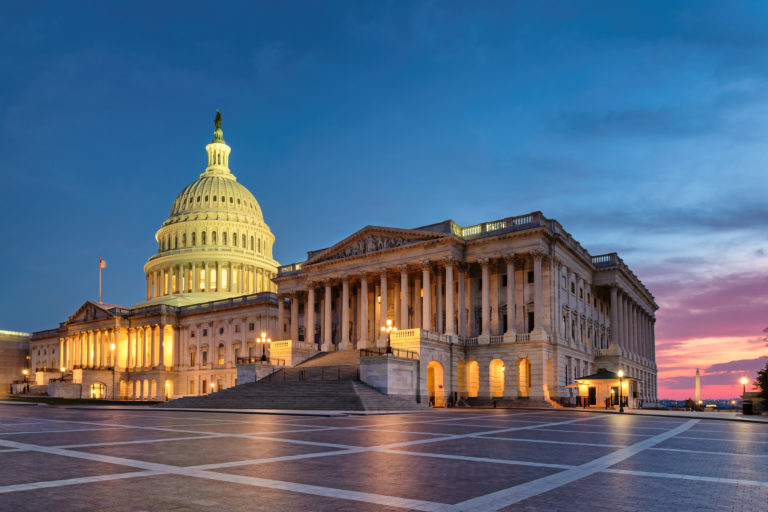Background
The forgivable loan program known as the Paycheck Protection Program (PPP) was established by the Coronavirus Aid, Relief, and Economic Security Act (CARES Act) to provide financial resources to small and mid-size businesses to enable them to maintain payroll and cover certain expenses during the coronavirus pandemic. PPP loans may be forgiven upon application. Although loan forgiveness typically creates a taxable event, under the CARES Act, PPP loan proceeds are specifically excluded from taxable income. However, PPP loan recipients should be aware that forgiveness of the loan, in whole or in part, may cause 2020 qualified research expenses (QREs) to become ineligible for the research and development (R&D) tax credit. Under Internal Revenue Code Section 41(d)(1)(A), a taxpayer cannot claim an R&D tax credit on expenditures (employee wages tend to be a large component of the qualified research expenses) that are not deductible, and based on guidance issued by the IRS in March 2020 (Notice 2020-32), expenses paid using forgiven PPP loan funds will be nondeductible for tax purposes even if they would otherwise be deductible. Consequently, any wages paid to employees using forgiven PPP loan proceeds are not eligible as QREs, thus, decreasing federal and state R&D credits.
Understanding PPP Loan Forgiveness
It is important to understand how forgivable PPP loan funds must be allocated among a taxpayer’s costs so that eligible R&D expenses incurred might still qualify for the R&D tax credit. Current guidance provides that PPP forgivable loan funds must be applied to the following expenses:
- At least 60% of the funds must be used for eligible payroll costs, including cash compensation, employee benefits and owner compensation.
- Up to 40% of the funds may be applied to the following nonpayroll costs:
- Rent
- Utilities
- Interest on mortgage obligations
- Interest payments on any other debt obligations that were incurred before February 15, 2020
PPP loan forgiveness application forms include a requirement that the borrower maintain all records relating to the borrower’s PPP loan (including documentation necessary to support the borrower’s loan forgiveness application, such as the names of individual employees and wages).[1] However, there is no requirement on how the PPP loan funds have to be allocated to individual employees, which allows the borrower to make its own determination as to which employees the PPP forgivable loan funds should be applied.
Mitigating the Effect of PPP Loan Forgiveness on the R&D Costs
By applying the PPP forgivable loan funds to nonpayroll costs (up to 40% of the PPP loan funds) and employees that do not perform qualified research activities, borrowers could preserve the wages paid to employees involved in qualified research activities as deductible, thus mitigating the impact of the forgiven PPP loan funds on their R&D credit.
Companies claiming R&D tax credits and that have filed or have yet to file for PPP loan forgiveness should consider analyzing the eligible costs and allocating the forgivable funds in the following order (up to the certain limitations):
- Interest on mortgage obligations
- Rent
- Utilities
- Interest on any other existing debt obligations
- Certain employee benefits relating to healthcare
- Payroll costs that are non-taxable
- Payroll costs for employees who are not performing R&D-qualified services, e.g., accounting, finance, human resources
- Payroll costs for employees who are performing R&D-qualified services[2]
Example
The following example shows how PPP forgiven loan funds used for QREs can reduce the amount of R&D tax credit available to borrowers.
| Alternative Simplified Credit | 2020 Credit | Reduction for PPP Loan Forgiveness | Adjusted 2020 Credit |
| Qualified Wages | $3,500,000 | ($1,050,000) | $2,450,000 |
| Qualified Supplies | $500,000 | $500,000 | |
| Rental or Lease Cost of Computers | |||
| Qualified Contract Research | $225,000 | $225,000 | |
| Total QREs | $4,225,000 | ($1,050,000) | $3,175,000 |
| Base Amount (Sum of Prior 3 Years QREs Divided by 6) | $1,870,333 | $1,870,333 | |
| Incremental Qualified Expenses | $2,354,167 | ($1,050,000) | $1,304,167 |
| Total Gross Research Credit | $329,583 | ($147,000) | $182,583 |
Insights
PPP loan recipients should review their PPP eligible costs to determine whether they can reduce the impact on the R&D tax credit by allocating some or all of their forgivable PPP loan funds to expenses other than research-related expenses. Key items to review include whether and to what extent the loan recipient:
- Plans to file for or has received full or partial forgiveness of the PPP loan funds
- Allocates the potentially forgivable PPP loan funds to QREs
- Files for forgiveness, subject to limitations, on nonpayroll costs and non-QREs to reduce the impact on the R&D tax credit
Future IRS guidance may create additional requirements relating to the allocation of the PPP forgivable loan funds to costs, so it is important for taxpayers with PPP loans that want to qualify for the R&D tax credit to monitor developments carefully.
[1] Form 3508 Schedule A Worksheet requires borrowers to list the names of individual employees to whom the requested PPP forgivable loan funds were applied. Form 3508 Schedule A Worksheet must be maintained by the borrower but is not required to be submitted with the PPP loan forgiveness application to the lender.
[2] For each individual employee, the total amount of cash compensation eligible for PPP loan forgiveness may not exceed an annual salary of $100,000, as prorated for the covered period.

